In the world of fitness, proper footwear plays a critical role in attaining optimal performance and reducing the risk of injury. The right pair of shoes can make a noticeable difference when it comes to training and running. Whether you are a seasoned athlete or just starting out, understanding the essential qualities and features of shoes designed for training and running is crucial. In this article, we will discuss the importance of choosing the right shoes and provide tips to help you find the perfect fit. 1. Understand your Feet: Before purchasing a pair of training or running shoes, it is important to understand your foot type. Every individual has unique foot characteristics, and this information can greatly impact your shoe selection process. There are three main foot arch types: flat, neutral, and high arches. By consulting with a podiatrist or performing a wet test at home, you can determine your foot type and subsequently narrow down your shoe options. 2. Cushioning and Support: One of the most vital aspects to consider when selecting shoes for training or running is cushioning and support.
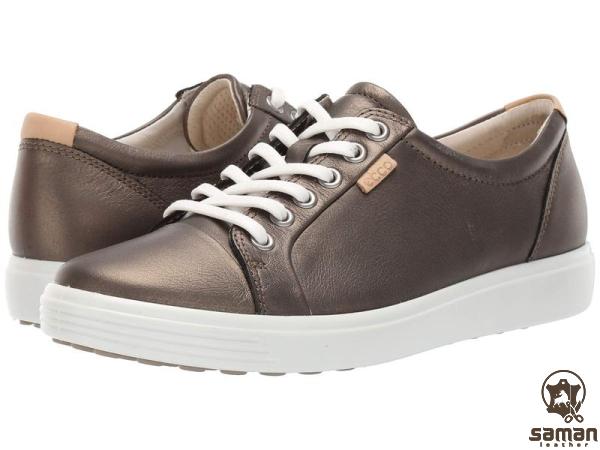
.
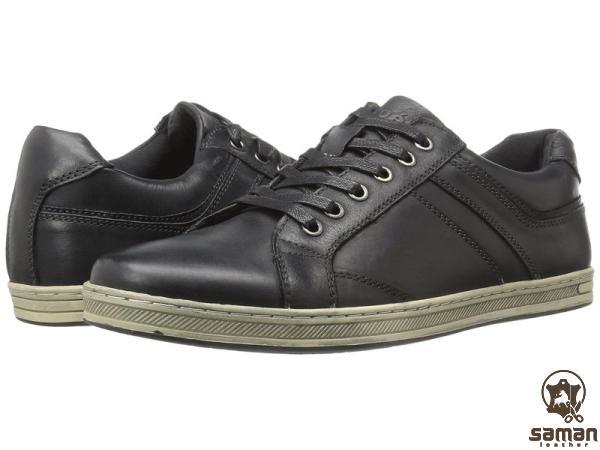 Both of these elements help to absorb impact and reduce shock to the feet and lower limbs. For runners, cushioning is especially important as it can prevent joint pain and minimize stress on the body. When trying on shoes, pay attention to the level of cushioning provided by the midsole and heel area. Look for responsive and shock-absorbing materials such as foam or gel. 3. Breathability and Moisture Management: During intense training or long-distance running, feet are often exposed to excessive moisture and heat. Therefore, choosing shoes with breathability and moisture management properties is vital for maintaining foot comfort and preventing issues like blisters and fungal infections. Look for shoes made from breathable materials, such as mesh, that allow airflow and moisture to escape.
Both of these elements help to absorb impact and reduce shock to the feet and lower limbs. For runners, cushioning is especially important as it can prevent joint pain and minimize stress on the body. When trying on shoes, pay attention to the level of cushioning provided by the midsole and heel area. Look for responsive and shock-absorbing materials such as foam or gel. 3. Breathability and Moisture Management: During intense training or long-distance running, feet are often exposed to excessive moisture and heat. Therefore, choosing shoes with breathability and moisture management properties is vital for maintaining foot comfort and preventing issues like blisters and fungal infections. Look for shoes made from breathable materials, such as mesh, that allow airflow and moisture to escape.
..
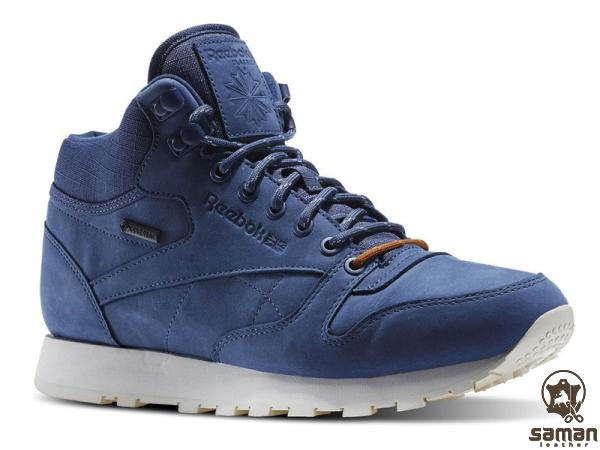 4. Flexibility and Stability: The flexibility and stability of your shoes are critical factors that affect your gait and overall performance. Shoes for training or running should offer a balance between flexibility and stability. Flexibility enables a natural foot motion while stability ensures proper alignment and support. When trying on shoes, make sure they offer a comfortable and natural range of motion, without feeling overly stiff or flimsy. 5. Proper Fit and Sizing: Arguably the most important aspect of selecting shoes for training or running is ensuring they fit properly. Ill-fitting shoes can lead to discomfort, blisters, and even more serious injuries. To find the proper fit, try on several pairs of shoes and walk or run in them to assess their comfort and support.
4. Flexibility and Stability: The flexibility and stability of your shoes are critical factors that affect your gait and overall performance. Shoes for training or running should offer a balance between flexibility and stability. Flexibility enables a natural foot motion while stability ensures proper alignment and support. When trying on shoes, make sure they offer a comfortable and natural range of motion, without feeling overly stiff or flimsy. 5. Proper Fit and Sizing: Arguably the most important aspect of selecting shoes for training or running is ensuring they fit properly. Ill-fitting shoes can lead to discomfort, blisters, and even more serious injuries. To find the proper fit, try on several pairs of shoes and walk or run in them to assess their comfort and support.
…
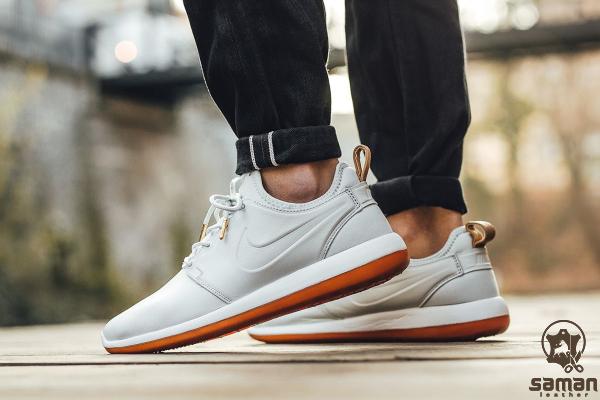 Ensure that there is enough room in the toe box for your toes to wiggle without feeling cramped. Additionally, consider buying shoes in the afternoon or evening when your feet are slightly more swollen, as this is when they are at their largest size. Conclusion: Choosing the right shoes for training and running is paramount for achieving success and preventing injuries. By understanding your foot type, considering cushioning and support, prioritizing breathability and moisture management, finding a balance between flexibility and stability, and ensuring a proper fit, you can make an informed decision when purchasing your next pair of training or running shoes. Remember, investing in quality footwear is an investment in your overall performance, comfort, and long-term foot health.
Ensure that there is enough room in the toe box for your toes to wiggle without feeling cramped. Additionally, consider buying shoes in the afternoon or evening when your feet are slightly more swollen, as this is when they are at their largest size. Conclusion: Choosing the right shoes for training and running is paramount for achieving success and preventing injuries. By understanding your foot type, considering cushioning and support, prioritizing breathability and moisture management, finding a balance between flexibility and stability, and ensuring a proper fit, you can make an informed decision when purchasing your next pair of training or running shoes. Remember, investing in quality footwear is an investment in your overall performance, comfort, and long-term foot health.
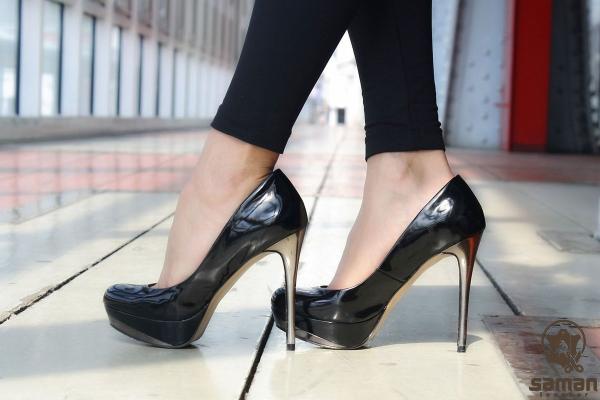
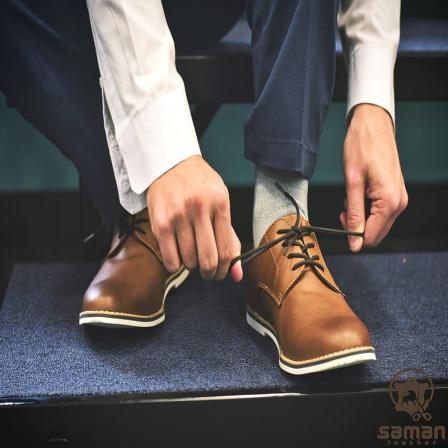
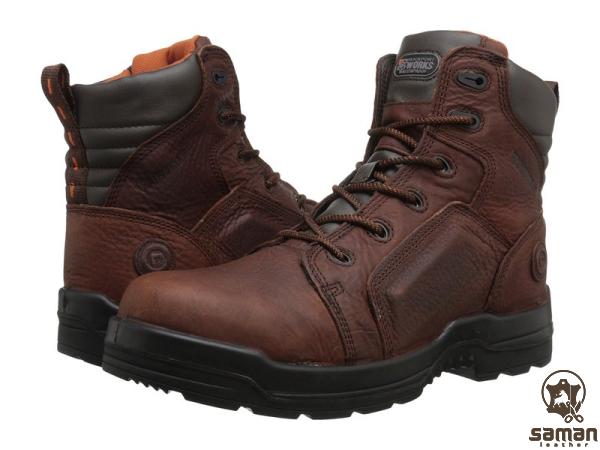
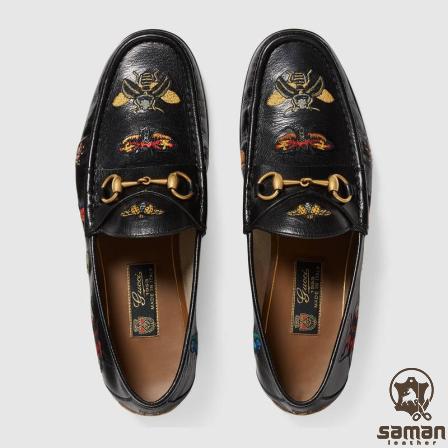
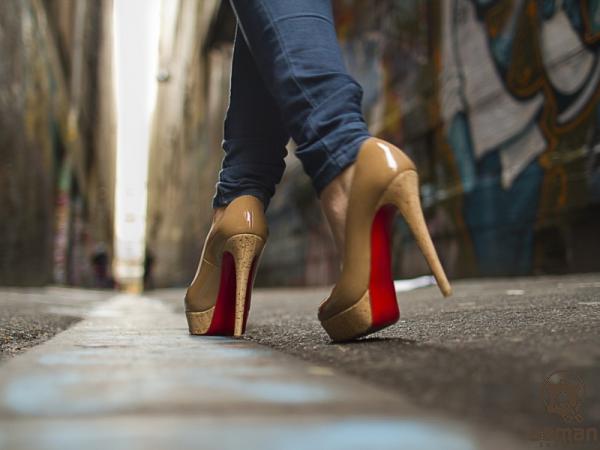
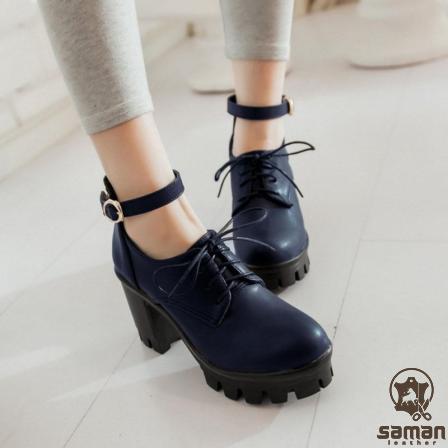
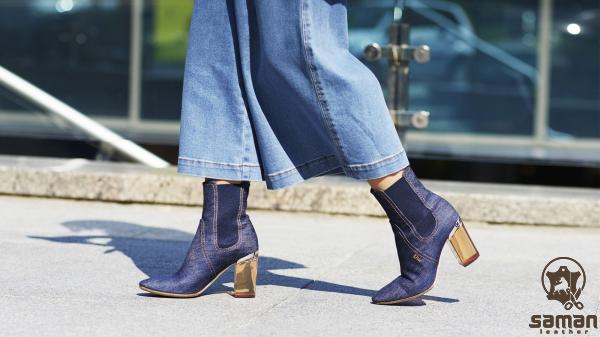

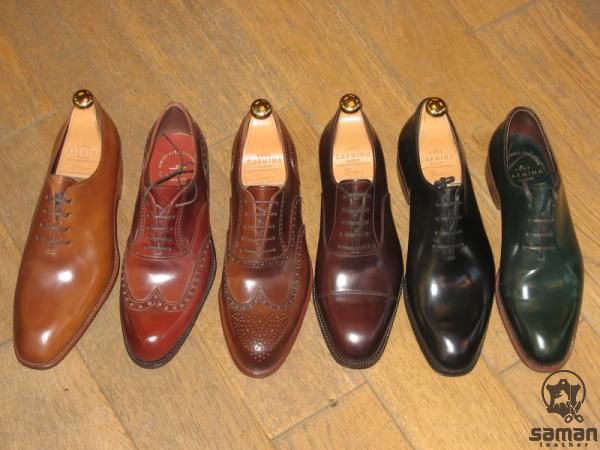
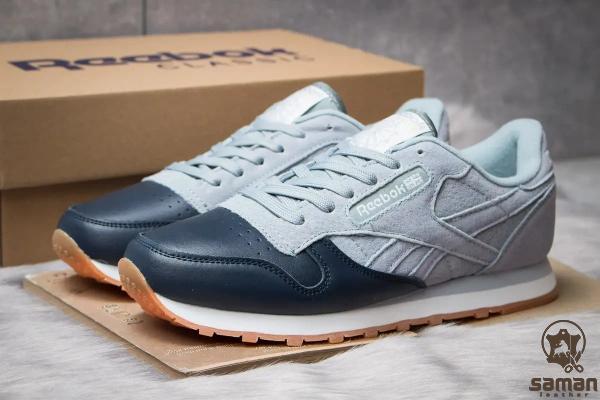
Your comment submitted.